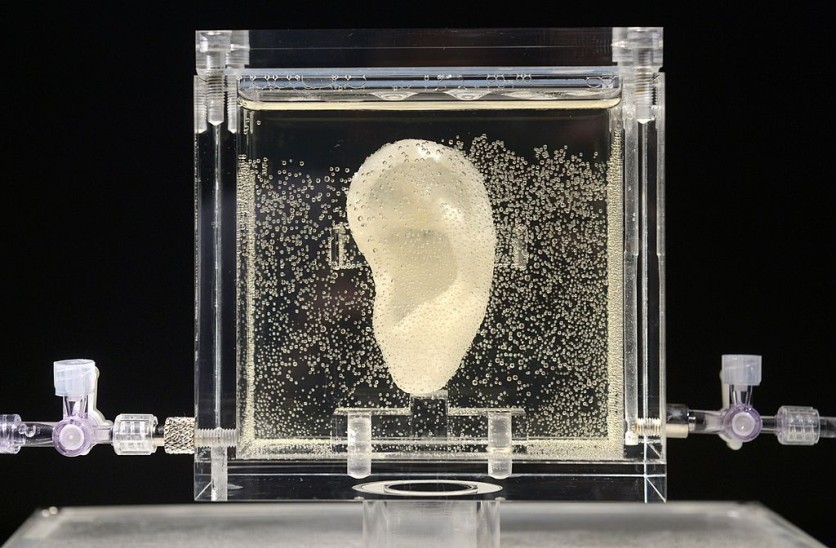University of California's (UC) biomedical engineers has developed "cyborg cells," which are semi-living but cannot reproduce. However, these synthetic cells could have vast applications, especially in creating novel drugs and cleaning up pollution, according to the university's press release on Jan. 18.

Cells With New Functions
The cyborg cells were made possible by synthetic biology, which primarily aims to create cells that can carry out new functions.
According to Cheemeng Tan, senior author of the study and associate professor of biomedical engineering at UC Davis, there are essentially two methods of synthetic biology; one is to take a bacterial cell that is already alive and modify its DNA by adding new genes that give it new capabilities.
The alternative is to build an artificial cell from scratch using biomolecules and a synthetic membrane.
The first method uses an engineered live cell, which is very flexible but capable of self-reproduction. However, this may not be ideal.
A complete artificial cell is incapable of procreation and has a narrow range of functions, but on the brighter side, it is less complex.
Read also : Magnetic Slime Robot for Health? Doctors Say It Can Recover Swallowed Objects, Squeeze in Places
Third Approach
Tan and the UC Davis group then developed a third approach. They injected the building blocks of an artificial polymer into living bacterial cells.
Once within the cell, UV light exposure caused the polymer to cross-link into a hydrogel matrix. Although the cells could continue to function biologically, they were unable to divide.
According to Tan, the cyborg cells can be programmed, maintain necessary cellular functions, and acquire non-native abilities without dividing.
The research team discovered that the cyborg cells were more resilient to stresses that would normally kill normal cells, such as contact with hydrogen peroxide, antibiotics, or high pH.
In the end, they were able to modify the cells so that they could infiltrate lab-grown cancer cells.
The team is conducting an additional study on the creation and control of cyborg cells as well as the effects of various matrix materials. Additionally, they want to investigate how they may be used for a variety of purposes, from addressing environmental issues to identifying and treating diseases.
"Finally, we are interested in the bioethics of applying cyborg cells as they are cell-derived biomaterials that are neither cells nor materials," Tan said in a statement.
The procedure has been the subject of a provisional patent application. Grants from the National Institutes of Health helped fund some of the research.
The research was published in the journal Advanced Science.
Related Article : Biotech Startup Uses Machine Learning Algorithms to Predict the Progress of Cancerous Tumors | How Does it Work
